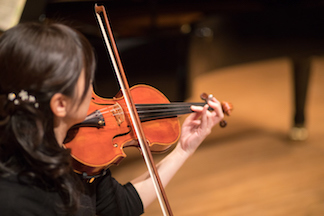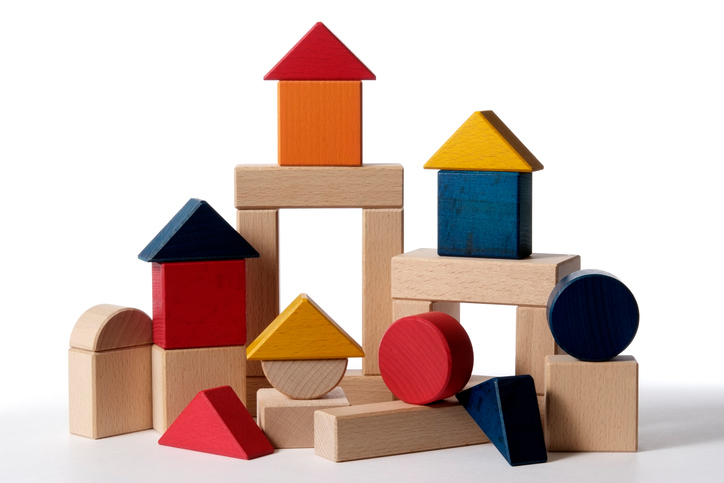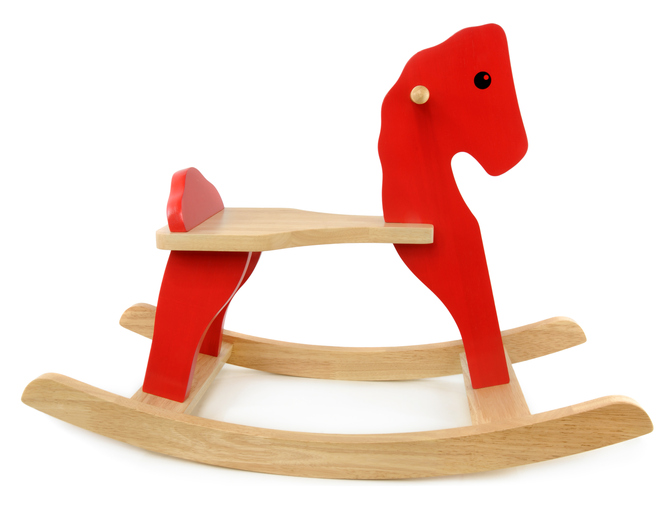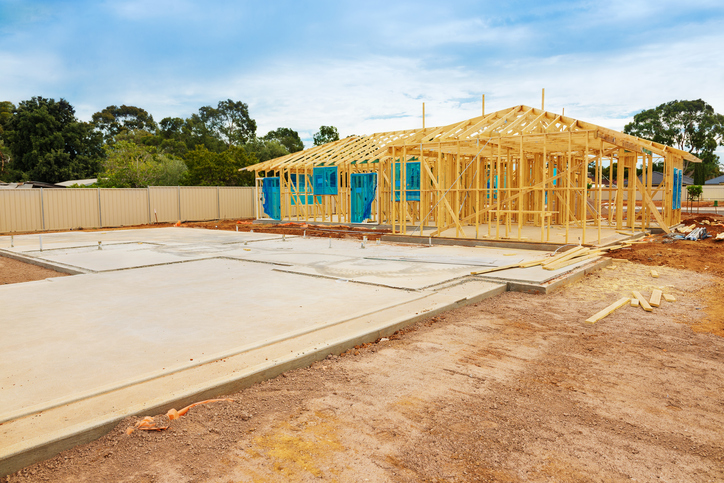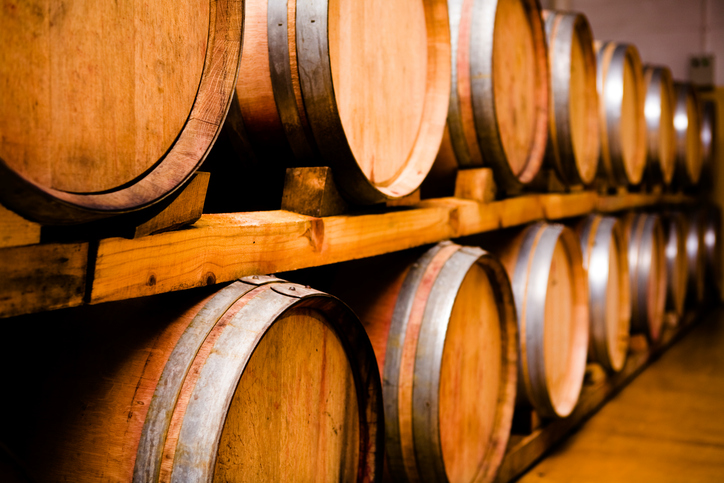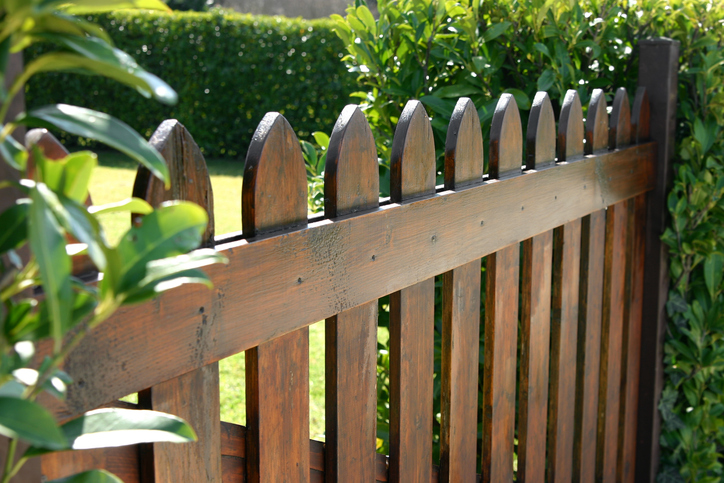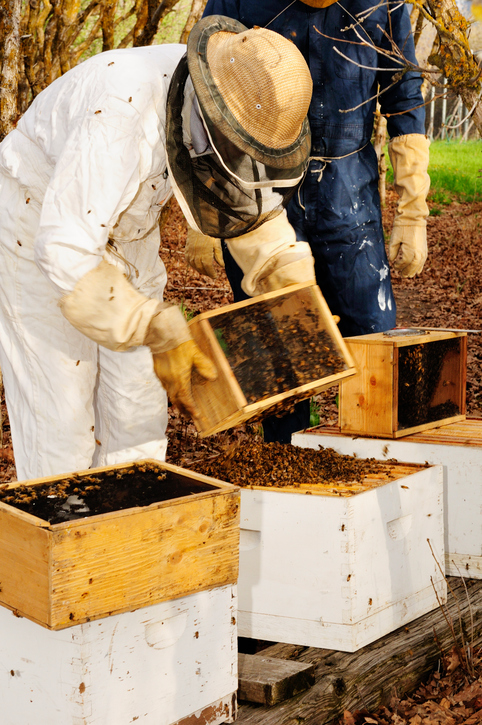Trees grow in native forests and on tree plantations.
Timber is the wood of trees after the trees have been cut down.
Timber is used to build wooden houses and wooden furniture.
It is used to make paper.
Timber is also known as lumber.
Timber is the wood from trees that has been cut and shaped to make beams and planks.
There are hardwoods from trees such as ironwood, maple, oak, and teak trees. Softwoods come from pine, fir, and cedar trees.
Native forest trees Western Australia ©iStock
Native Forest Trees
Trees that grow in Australia's native forests include grey iron bark, grey gum, yellow stringy bark and forest red gum. These are all hardwood trees and the timber is very strong. Softwood trees in native forests include fir and pine.
Native forests containing these trees need to be carefully managed so that they remain healthy, and to ensure that the supply of trees is sustainable. That is, to make sure that not too much of the forest is harvested. Taking too many trees out of the forest will affect the health of the forest and reduce biodiversity. That is, the balance of plants and animals that make their home in the forest. Native forests grow without the use of herbicides and fertilisers which also make it a safer and healthier place for the animals that live there.
Old growth trees are habitat to many creatures. In native trees, hollows only form on very old trees. Many small mammals and birds nest and shelter in tree hollows of old growth trees. Old trees are also an important part of a complete habitat that includes grasses and shrubs.
Sustainability also means that when one tree is cut down to be used by people, another tree is planted to take its place. Taking too many trees will result in the soil erosion, which means that the soil that is important for forest growth is washed or blown away.
The trees chopped down in native forests must have reached a particular age and height before they can be chopped down for timber. Different areas of native forest are harvested every 60 to 120 years.
Native forest trees produce timber that is larger, stronger and looks better than trees grown in plantations.
Careful management of native forests means that the forests will be there forever.
Forest plantations
A plantation of pine trees ©iStock
Tree plantations are managed like other farmed crops. Plantation trees are all the same species. For example there are pine tree plantations that produce softwood timber, and eucalypt plantations that produce hardwood timber.
Pine forest after harvesting. New trees will be planted soon ©iStock
Softwood pine trees are fast growing and the timber can be used to make plywood, chipboard, timber for the frames of buildings as well as for paper products such as newsprint, toilet paper and tissue paper. Different parts of the forest plantation are harvested every 20 or 30 years. New trees are growing while others are ready to be cut.
Hardwood eucalypts such as the blue gum are fast growing and used to make packaging, high quality paper, and for burning as firewood. Like the softwood plantations, different parts of the forest are harvested every 12 - 20 years. New trees are planted where the plantation has been cleared while in other parts, trees are growing and ready to be cut.
In forest plantations herbicides and fertilisers are used to control weeds and insect pests and to to make the trees grow faster.
Timber from tree plantations is not as strong as that from native forests, it is smaller and doesn't have the good looks of native forest timber when it is turned into timber products.
Forest plantations are important because they are a ready supply of the timber we need for everyday use. They are sustainable and renewable.
The use of timber from plantations reduces the need to take timber from native forests.
Watch a video about tree farming
Trees in both kinds of forest also store carbon and as such are a vital part in the solution to climate change. They improve water quality and prevent soil erosion.
Timber production
A forest worker uses a chainsaw to cut down trees. ©iStock
Trees are cut down in the forest and then transported by truck to a timber saw mill where the trees are debarked (bark stripped off) and cut up into smaller pieces. Sometimes this is all done in the forest or plantation.
Logs are loaded onto trucks and taken to the saw mill ©iStock
At the mill the bark is removed and the logs are sawn into planks ©iStock
Timber ready to be used is stacked in the warehouse/timber yard waiting for the builder. ©iStock
What a video of how timber is made
Uses of timber
From the saw mill the timber is taken to a paper mill, or a place where the timber is made into fencing material or to a pallet producer.
All of these things are made using timber. Can you think of more?
Images ©iStock
Bakers' equipment
Balconies, decks and terraces
Boat and Ship construction
Bee hives
Cladding
Carvings and sculptures
Cooperage (making barrels)
Cabinet making
Fencing
Flooring
Furniture
Log cabins
Musical instruments
Pallets
Paper and paper products Read the kidcyber page about paper
Power poles
Saunas and hot tubs
Scaffolding
Shingles (wooden roof tiles)
Railway sleepers
Window frames
The Properties of Timber
It is a natural product.
It is a renewable resource.
Wood is strong, flexible and long lasting.
It can be recycled and it is biodegradable.
It is used to build things such as houses and furniture.
Timber is a natural insulator and can reduce the amount of energy used to heat a building especially when it is used in windows, doors and floors.









